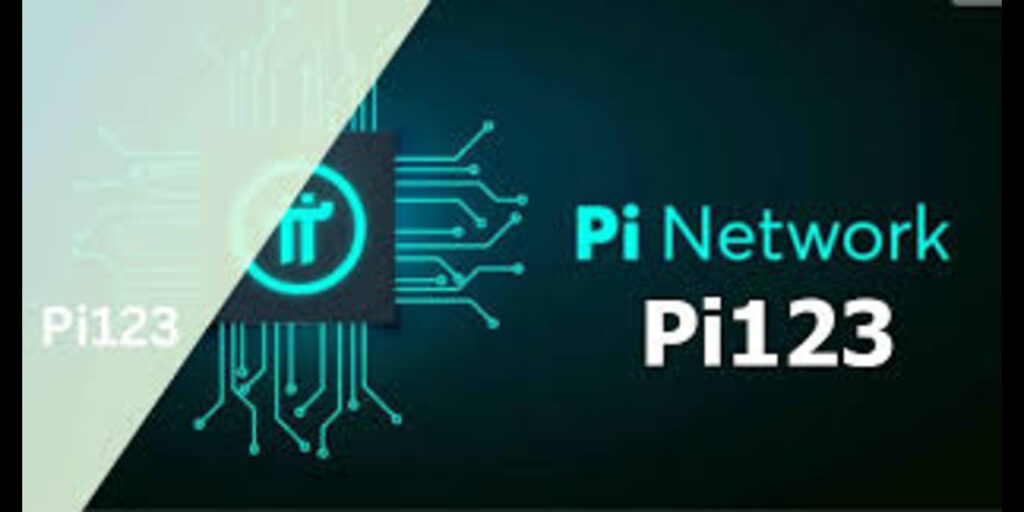Introduction to pi123
The term pi123 might seem unfamiliar to many, but it represents a concept that is gaining traction in various fields. Whether you’re an enthusiast, a professional, or simply curious about new terminology, understanding can be highly beneficial. This guide aims to delve into what is, its applications, and its significance.
What is pi123?
At its core, is a theoretical construct used in advanced mathematical and scientific research. It is derived from the well-known mathematical constant π (pi) and combines it with a sequence, denoted by 123, to represent a specific series of computations or measurements. The exact nature of pi123 can vary depending on the context in which it is used, but it generally involves complex calculations that extend the concept of π into new realms.
The Mathematical Basis of pi123
Pi123 extends the classical properties of π by integrating it with a sequence, often resulting in a more intricate pattern or value. To comprehend one must first grasp the fundamental aspects of π:
- π (Pi): The ratio of a circle’s circumference to its diameter, approximately equal to 3.14159.
- 123 Sequence: This can be interpreted in various ways, often as a set of steps or a numerical series used to expand or transform the original π value.
In essence, pi123 is a hybrid term that bridges simple numerical sequences with the infinite nature of π.

Applications of pi123 in Science
The concept of pi123 finds applications in multiple scientific domains, including:
- Physics: Used in complex wave functions and quantum mechanics, where it helps describe phenomena that cannot be captured by traditional π alone.
- Engineering: Applied in signal processing and communications, where precise calculations involving π and numerical sequences are crucial.
- Computer Science: Utilized in algorithms that require the generation of pseudo-random sequences or the modeling of chaotic systems.
pi123 in Modern Technology
Pi123 also plays a role in contemporary technology, particularly in areas that require high precision and complex computations. Examples include:
- Cryptography: Where pi123 helps in developing encryption algorithms that are both secure and efficient.
- Data Analysis: Used in big data to identify patterns and correlations that are not immediately obvious.
- Artificial Intelligence: Aids in the development of neural networks and machine learning models that can process vast amounts of data with intricate patterns.
The Future of pi123
The future of pi123 looks promising as it continues to evolve and find new applications. Researchers are constantly exploring its potential in:
- Advanced Theoretical Physics: To understand the fabric of the universe and the underlying principles that govern it.
- Biotechnology: In modeling complex biological systems and understanding genetic sequences.
- Environmental Science: Helping to predict climate patterns and environmental changes with greater accuracy.
Challenges in Understanding pi123
While pi123 holds great promise, it also presents significant challenges:
- Complexity: The mathematical intricacies of pi123 can be daunting, requiring a deep understanding of both π and numerical sequences.
- Computational Resources: Calculating can be resource-intensive, necessitating powerful computers and advanced software.
- Interpretation: The results obtained from computations can be difficult to interpret and apply in practical scenarios.
Conclusion
Pi123 represents a fascinating and complex concept at the intersection of mathematics, science, and technology. Its applications are broad and varied, from theoretical physics to artificial intelligence, making it an invaluable tool for researchers and professionals alike. As we continue to explore and understand we can expect to uncover even more potential uses and insights that will drive innovation and discovery in multiple fields.
Understanding requires not only a grasp of fundamental mathematical principles but also an appreciation for its potential applications and challenges. By continuing to study and develop this concept, we can harness its power to solve some of the most complex problems in science and technology.